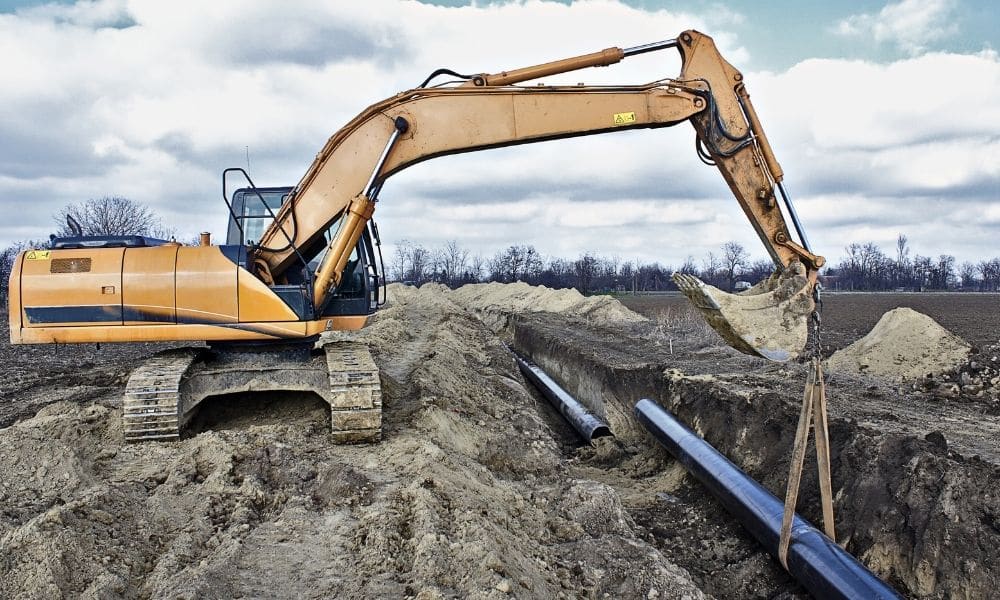
To control a hydraulic load, you’ll want to take several things into account. You’ll need to know how much wastewater can be handled and the rate at which it will pass through a drainage system. The drain put in place must be secure and able to handle traffic and weather conditions as well as through water. To follow tips for keeping control of hydraulic loads, you’ll need to understand them and how to take control.
Calculating Hydraulic Loading Rate
To determine the best drainage implementation for a given area, find the hydraulic loading rate (HLR). Calculating the organic loading using a formula will allow you to plan to drain water into a collection area in a certain amount of time based on the amount of water. Typically, the formula says the HLR equals the design flow (wastewater per day) divided by the area.
Controlling Hydraulic Flow
A couple of factors contribute to the control of the hydraulic flow. One is the steepness of the slope that water travels down. The steeper the surface, the faster the water and pooling. Knowing how fast the water will be traveling is a must. To preserve the water, it needs to be removed from the surface swiftly using the proper drain.
Trench Hydraulic Capacity
ABT’s cast in place concrete trench drains are chemical resistant and vary in width, depth, shape, and slope to meet the requirements of the application. Channel conveyance must be determined. At the start of each application, it’s essential that random loads are introduced and channel capacity is checked. The drain that’s best for a specified capacity will depend on the trench depth, water flow, and storage capacity. It will also depend on whether there is a site slope or not.
With these tips for keeping control of hydraulic loads, you should be able to better determine which of ABT’s drainage systems is the right fit for a particular area. Maintaining the water that is collected is essential in water treatment and preservation.